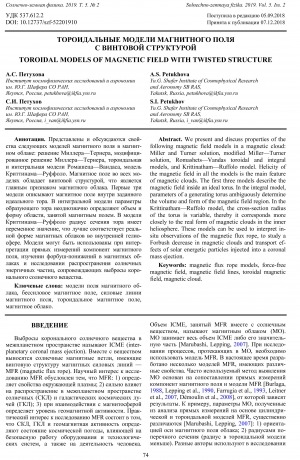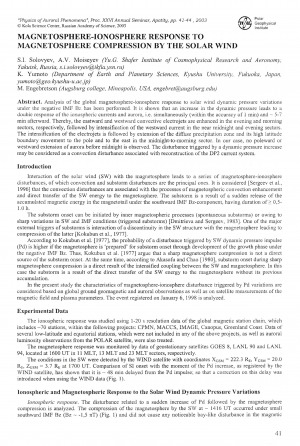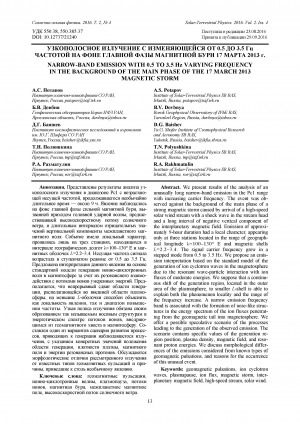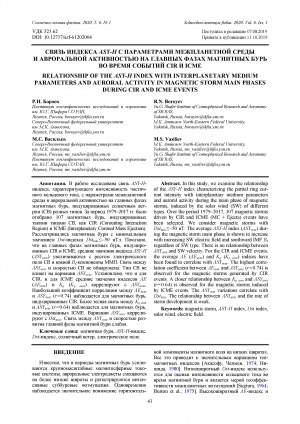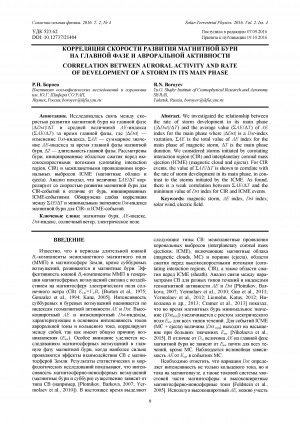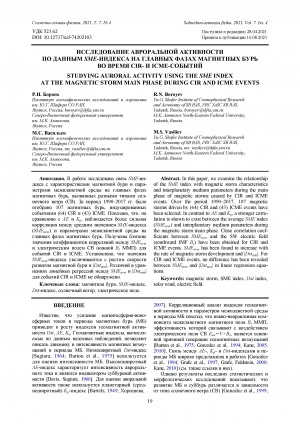QR-код документа
Как сканировать QR-код?
Для пользователей Android:- Скачайте приложение для сканирования QR-кодов (Google Play)
- Откройте скачанное приложение;
- Наведите камеру на QR-код.
- Откройте приложение "Камера";
- Наведите камеру на QR-код;
- Нажмите на всплывающее уведомление.
Другие выпуски
Номера года:
Вам будет интересно
Тороидальные модели магнитного поля с винтовой структурой Toroidal models of magnetic field with twisted structure Magnetosphere-ionosphere response to magnetosphere compression by the solar wind Узкополосное излучение с изменяющейся от 0.5 до 3.5 Гц частотой на фоне главной фазы магнитной бури 17 марта 2013 г. Effect of Bγ IMF in substorm current wedge formation Dynamics of the Ionospheric Convection Systems Observed during The Super-Storm on Nov. 20, 2003 Исследование методом главных компонент влияния геометрии нейтрального токового слоя гелиосферы и солнечной активности на модуляцию галактических космических лучей Characteristics of substorms stimulated by variations of the dynamic solar wind pressure and magnetospheric convection electric field Связь индекса ASY-H с параметрами межпланетной среды и авроральной активностью на главных фазах магнитных бурь во время событий CIR и ICME Корреляция скорости развития магнитной бури на главной фазе и авроральной активности Исследование авроральной активности по данным SME-индекса на главных фазах магнитных бурь во время CIR- И ICME-событий Studying auroral activity using the SME index at the magnetic storm main phase during CIR and ICME events


